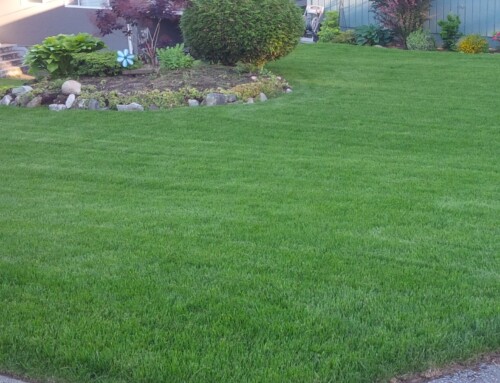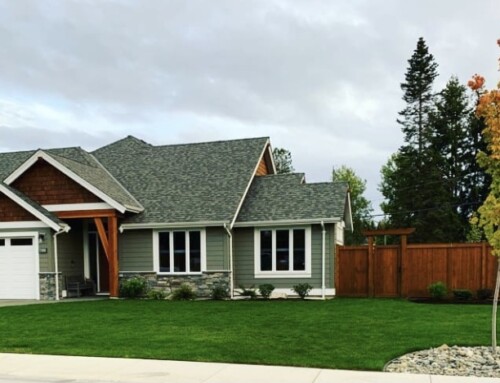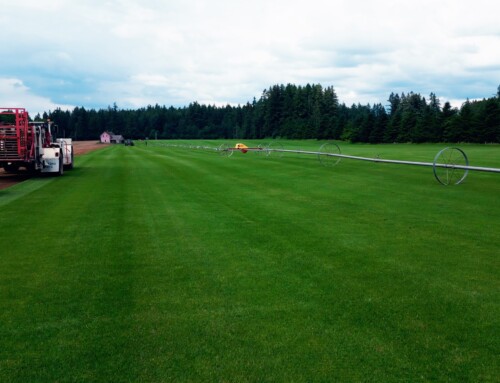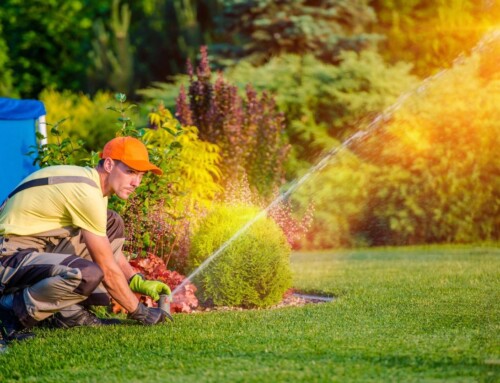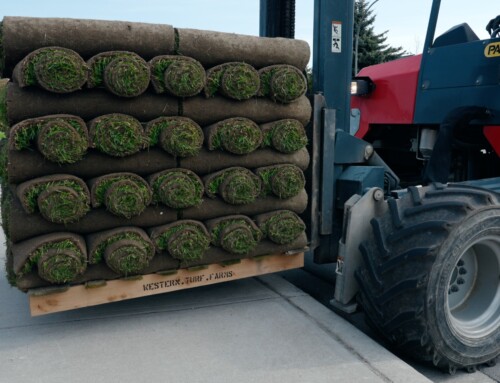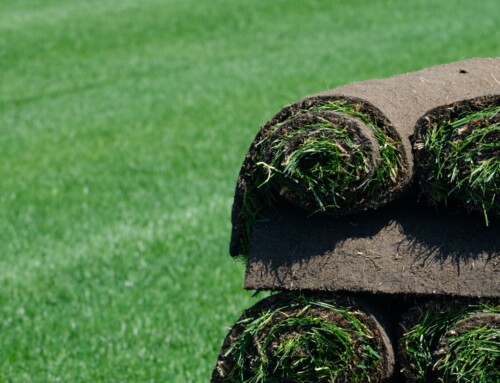With the growing effects of climate change, efficient watering systems have become more important than ever before. Every summer, restrictions limit the use of water for homeowners who still want to maintain a lush green lawn. How can homeowners promote a healthy lawn while still contributing to a sustainable future?
Understanding Your Turf
A significant part of achieving a lush, green, eco-friendly lawn lies in choosing the correct type of grass. When you choose a drought resistant grass, you will reduce the amount of water needed for maintenance. Some grasses that have evolved to survive in dry conditions include tall fescue and western ryegrass. Western Turf Farms’ enviro organic sod is also an excellent choice for the water-conscious homeowner.
To choose the best grass for your property, consider the soil type, local climate, and other specific needs of your lawn.
Efficient Watering Methods
Aside from selecting an appropriate type of grass, there are also several watering techniques that can help you to maintain a healthy lawn even during times of water restriction. These methods include:
- Rainwater Collection
This sustainable practice uses a free and natural source of water for irrigation: the rain. Collecting rainwater is simple and cost-effective. You will collect rainwater from your roof’s downspouts in a rain barrel or water tank, reducing your reliance on potable water sources. As an added benefit, collecting rainwater will help to reduce stormwater runoff that can carry pollutants to streams and rivers.
Irrigating with rainwater is a simple process; select a suitable location for your tank or barrel, install a mesh screen to filter out debris, and then connect a hose to the tank or barrel’s outlet, allowing you to water your lawn during dry periods.
- Drip Line Irrigation
This is a highly efficient method of watering that brings water directly to the root zones of plants via hoses or tubes with strategically placed emitters that drip water into the soil. They keep moisture levels within the optimal range, improving the growth and quality of your plants and lawn and reducing the risk of disease from overwatering.
This method helps to eliminate wastage through runoff and evaporation and uses 50% less water than traditional sprinklers. Drip line irrigation also helps to reduce weeds by delivering water to desired plant roots.
- Low Mist Irrigation
This innovative approach uses fine mist nozzles that ensure an even distribution of water through a gentle mist. This is an excellent solution for lawns, vegetable gardens, and flower beds, limiting wastage, runoff, and evaporation.
Maintenance for Efficiency
While adequate watering is obviously crucial, it is not the only requirement for a healthy lawn. Lime and fertilizer help to nourish and protect your lawn, making it more resistant to drought conditions. Lime benefits your lawn by balancing the pH levels of your soil, while fertilizer provides the nutrients necessary for healthy growth.
Test your soil to determine its pH and nutrient levels then apply lime and fertilizer based on the results. This will help your lawn endure the stress of dry periods.
Create a Firebreak
Aside from the more common benefits of a healthy lawn, it can also serve as a firebreak, which is especially valuable if you live in an area prone to wildfires. Reducing the amount of dry vegetation around your home helps to protect your property, your family, and your community.
To establish an effective firebreak, keep your lawn well-mowed and free of dead leaves and debris. Keep a clear zone of at least 30 feet around your home by removing flammable vegetation and make use of flame-resistant landscaping materials.
Community Efforts and Learning
Water conservation may begin with the individual, but for a truly significant effect it requires collective effort. Check with local initiatives such as The Groundwater Foundation to learn more about how you and your community can conserve groundwater sources.
Efficient watering methods and proper lawn care practices will do more than just provide a healthy lawn, they will help to conserve the water and protect the environment. Using drought-resistant sod, collecting rainwater, and employing methods such as drip line irrigation and low mist irrigation, we can make a greener future for all.


